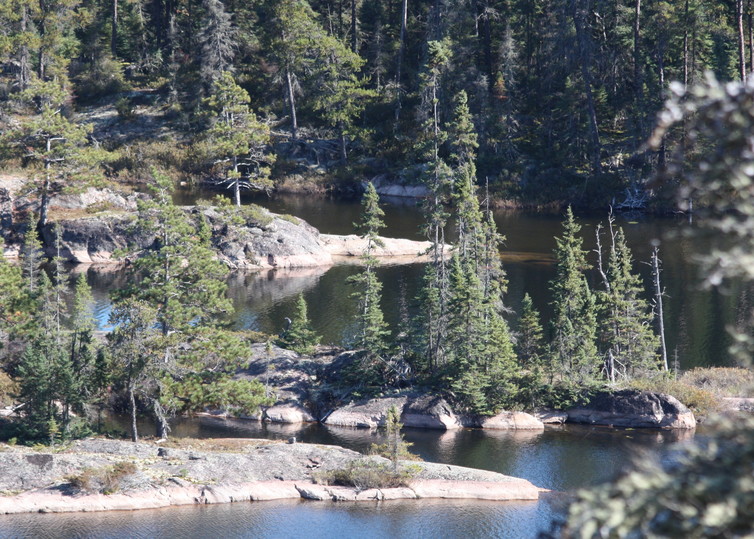International Institute for Sustainable Development – Experimental Lakes Area (IISD-ELA) has received new federal funding.
Yesterday in Kenora, Robert D. Nault, Member of Parliament for Kenora, announced $4 million in funding over four years for IISD-ELA to support data collection, analysis, and efforts to make this data available to the public. Accompanying Member of Parliament Nault, was David Lametti, Member of Parliament for LaSalle—Émard—Verdun, and Parliamentary Secretary to the Minister of Innovation, Science and Economic Development.
“We are lucky to have this world-renowned facility in our own backyard, here in the Kenora riding,” said Nault. “The research coming out of the IISD-ELA is used to develop and shape freshwater policies both here at home and abroad. I am incredibly proud to say that we restored funding in 2015, and today’s investment further solidifies that commitment.”
Specifically, the funding supports the Long-Term Ecological Research program, which monitors a range of indicators that help to identify long-term trends and ecological changes of fisheries health and productivity in Canadian boreal lakes.

“This is the fiftieth year of IISD Experimental Lakes Area—Canada’s incredible gift to the world’s freshwater research,” Matthew McCandless, executive director, IISD Experimental Lakes Area. “Now that we have an unparalleled half-a-century of data on a wide range of indicators of freshwater health, we are dedicated to sharing that data openly, to ensure it makes the greatest possible impact.”
The open dataset produced by this research is available to the public, academia, researchers and the government to better understand how human and environmental stressors affect our freshwater ecosystems and to promote science-based management of Canada’s freshwater resources and ecosystems.
“The Long-term Ecological Research Program is the most comprehensive open dataset on freshwater research in the world,” said Lametti. “The Government of Canada’s investment ensures that the information collected over the past fifty years continues to make substantive contributions to science and public understanding of Canada’s freshwater resources.”









